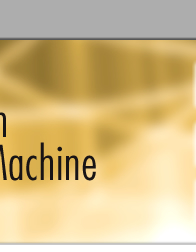


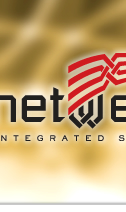
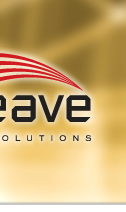

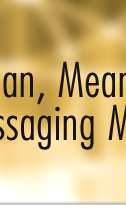

Secure, Reliable File Transfer Interactive (Transactional) Messaging
|
The .NET Interface The NetWeave application server for Windows is a .NET program that transmits requests and replies between remote client applications and services designed and implemented by the user. Client applications may reside on any platform supported by NetWeave (e.g., any variety of UNIX, HP NonStop). These services are packaged in a DLL and are accessed through a simple API. Each NetWeave application server links to exactly one user DLL, but the DLL may implement many services. A user DLL may be created in any of the .NET languages (e.g., Visual Basic, C#). NetWeave provides an interface component for use within Microsoft .NET framework applications. The Microsoft .NET Framework is a software framework that can be installed on Microsoft Windows operating systems. Programs written for the .NET Framework execute in a software runtime environment known as the Common Language Runtime (CLR). The CLR manages the program's runtime requirements and also provides important services such as security, memory management, and exception handling. NetWeave provides a stateless, context-free .NET component library known as the NetWeave Interface Class (N2IC), for communicating with Netweave application servers on local and/or remote platforms. N2IC also supplies Netweave transaction support; so a .NET client can start a transaction against a Netweave-supported transaction service, such as HP NonStop TM/MT (TMF). A local server daemon, running outside the context of the .NET Framework, initiates and maintains connections with other Netweave application servers and also maintains transaction handles. The local server daemon may be installed and operated as a Windows service. To utilize the N2IC component, a developer instantiates it like any other component. The configuration is provided in the ASP .NET web.config file and contains only one entry, the port of the local server daemon. If a developer is not using transactions, only one method exists to call in the object, namely writeRead. Utilizing transaction semantics adds the invocation of Start Transaction and End Transaction methods to the interface. (Note that N2IC does not in and of itself provide 2-phase commit semantics; instead, N2IC depends on the specific transaction monitor to provide it if so desired).
|
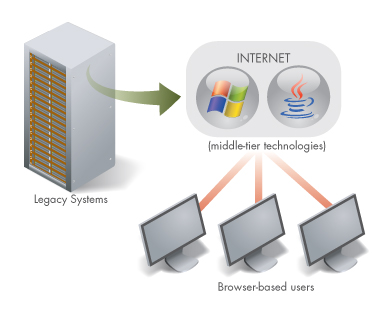 Other NetWeave Services
Other NetWeave Services